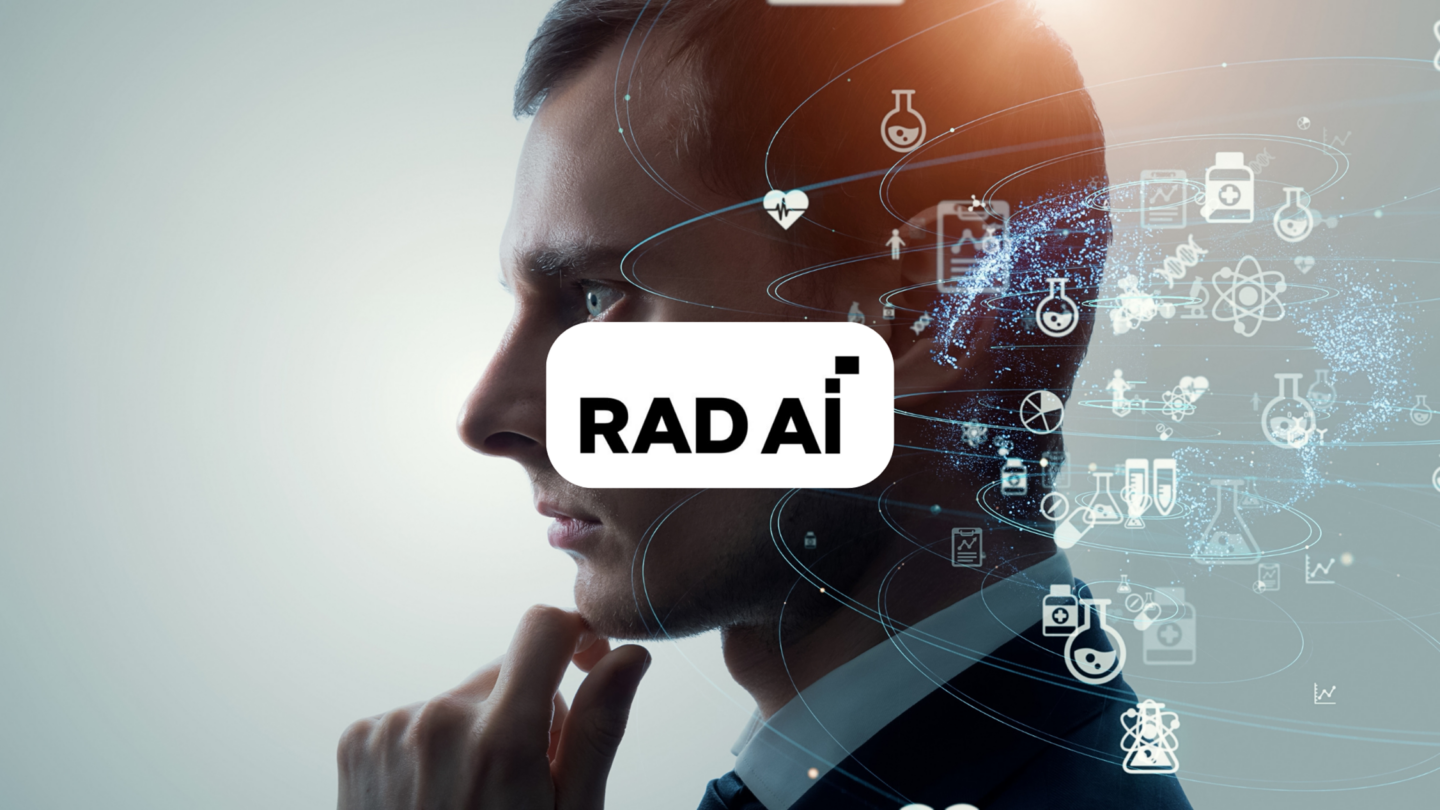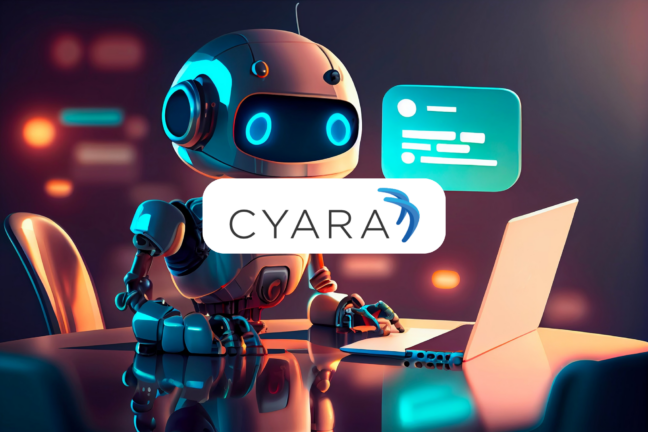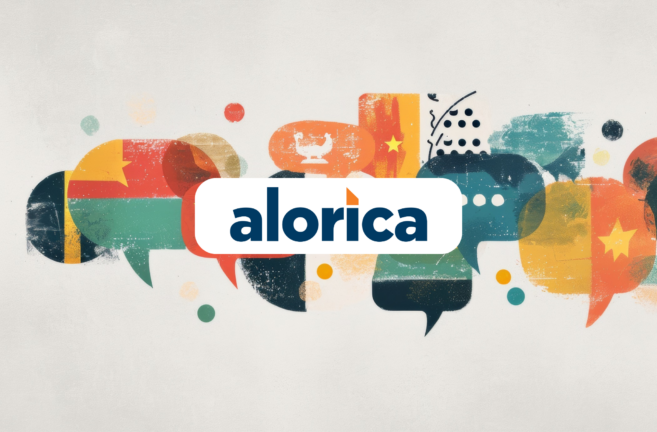Artificial Intelligence marketing platform RAD Technologies (RAD AI) has identified three emerging trends in creative intelligence that marketers should keep an eye on to enhance the effectiveness of their budget allocation in 2023.
Leveraging artificial intelligence (AI) in creative intelligence, particularly in text, image, and video-based content, has reached a new level of success and is predicted to grow even more in 2023. With the advancements in machine learning (ML), deep learning, and natural language processing, marketers increasingly rely on these technologies to gain better insights and make more informed decisions.
"Artificial intelligence technologies are rapidly transforming the way marketers approach creative intelligence, and these trends will shape the future of the industry. With advancements in AI technologies, the possibilities for personalization, automation, and emotion-detection are endless. Our mission is to help marketers stay ahead of the curve and harness the power of artificial intelligence to create meaningful and effective campaigns that resonate with their target audience," says RAD AI Founder & CEO Jeremy Barn.
1. Personalization
As the number of social media users worldwide is expected to reach 6 billion by 2025, the demand for personalized content has become crucial for brands. To create a more engaging experience, brands must develop content that connects with their target audience on an emotional level. This requires investing in contextual personalization by analyzing how customers consume content. By leveraging past interactions, brands can gain a better understanding of customer behavior and key moments in the purchasing cycle, thus obtaining actionable insights that inform creative strategy as the demand for personalized content continues to grow.
2. Automation
Automation will remain important in creative intelligence, enabling brands to efficiently test, optimize, and scale their marketing campaigns, as well as streamline workflows for content creation and distribution. Brands will increasingly turn to AI-powered technologies that personalize content based on demographics and past behavior to deliver highly-targeted content to their audiences. In 2023, the use of automation for content analysis is expected to double as marketers look to extract more insights from their service providers.
3. Emotional understanding
Brands will keep relying on AI-based technologies to understand and respond to customers' emotions. By gaining a better understanding of the emotional drivers that impact ROI, marketers can personalize content to create a more positive customer experience. Using AI to analyze emotions and engagement for content personalization will become more sophisticated as training sets improve. As these models become more effective, emotion-based optimizations mapped to key campaign objectives will also improve. AI-powered technologies that optimize content based on historical emotion-based data will lead to better customer experiences and improved marketing ROI.










